Le Dernier Combat (The Last Battle)
With such films as Leon and The Fifth Element under his belt, Luc Besson has acquired worldwide recognition. Not only does he direct movies, he has penned such Hollywood blockbusters as Taken with Liam Neeson, The Transporter with Jason Statham and Kiss of the Dragon with Jet Li. At the age of fifty, he has directed ten movies, written over twenty screenplays and produced/executive-produced over sixty films and created EuropaCorp (who produced Gary Oldman's Nil by Mouth and Tommy Lee Jones' Three Burials). With a livelihood like this Besson is the most powerful man in French Cinema. The Telegraph Newspaper called him a 'consummate stylist with a flair for action and an unerring sense of zeitgeist'. Being a fan of populist cinema Luc Besson knows what goes into making a good movie. You're not called the French Steven Spielberg for nothing!
Luc Besson is also recognised as the forefather of the Cinema du Look movement. A term that attempts to classify films from the 1980s and 1990s that utilised slick visuals that echoed pop-culture sensibilities. His films during this period (Le Dernier Combat, Subway, The Big Blue and Nikita) have more in common with Hollywood blockbusters than the French art-house. Besson was only twenty-four when he directed his first Cinema du Look film, Le Dernier Combat (The Last Battle), an eerie vision of a post apocalyptic wasteland in which barbarians battle it-out for survival in a futuristic environment. Welcome to the infertile futurescape of Luc Besson…
The Man (Pierre Jolivet) endures the end of the world in an abandoned office block in the middle of the desert. Longing to flee the barren environment, he constructs an impromptu flying machine. The only problem; he has no fuel. However, there is a gang of scavenger's close-at-hand who have a working car battery. He assaults the head honcho and swindles it. Out for vengeance, the gang ravage the office block. Nevertheless, The Man manages to glide away into the desolate distance, just in time…
Arriving at the ruinous metropolis, he rambles through the terrain looking for a place to slumber. Finding a run-down alehouse, he tanks up on booze and loses consciousness. The next morning, one of his personal possessions has disappeared. Moving through the buildings to investigate, The Brute (Jean Reno) attacks him. Injured in the conflict and struggling to survive, The Man jumps into a manhole and scrambles through the subterranean underground.
Fraught with despair, he hobbles around a derelict hospital where he meets The Doctor (Jean Bouise) who attempts to assist his recovery. Trying to retain their humanity in the face of adversity they develop an endearing friendship and spend their time eating fish, playing ping-pong and doodling on the walls. It's a tiresome existence. However, The Brute brings offerings of food and jewellery to The Doctor and tries to raid the hospital. The Man soon discovers why, there is a woman hidden in one of the quarters…
The Last Battle is a science-fiction film set in a dismal future. It is also a science-fiction film about the fundamental need for sex. In a world where women are not readily available for 'humping', due to unknown circumstance, men have to look at other ways of satisfying their basic human need. In the opening scene, we are introduced to a normal everyday office block with tables, chairs and desk plants. As the camera pans across the room, we hear the noise of a man panting and groaning. The pan reveals the protagonist, aptly named The Man, humping a blow up doll. Dissatisfied with its performance, as it deflates, our hero goes in search of a car battery so he can escape the desert to find a real woman that doesn't have a plastic personality.
Once he arrives at the city, he comes under attack by the sexually disgruntled lunatic The Brute. The only reason The Brute spends time bringing gifts to the hospital is so he can get first dibs on the women that The Doctor is hiding. When The Man arrives on the scene, The Brute gets so angry that he has competition he attempts to wipe The Man from the face of the earth.
As time passes, The Man befriends The Doctor and is introduced to The Woman via a blindfolded tour. As he twists and turns through the building, The Doctor cements their male/female relationship.
There is a standout scene in the movie when The Doctor paints a mural of The Man and The Woman on the wall, a sort of Adam and Eve representation of the future. After visiting The Woman for the first time, The Man rests in his bed, ready for sleep, but begins to masturbate over the image. The Doctor turns over and starts to sn*****r. It breathes new life into The Man, knowing that he might get sex, he combs his hair, makes sure his clothes are nice and gives The Women gifts. Even though it is the end of the world, sexual frustration is still a major problem; it seems no matter what happens to our world, men will still be plagued by the need for sexual satisfaction. The theme of sex fills the film with comical overtones and slapstick humour. Each time we are shown The Brute trying to get into the hospital and failing it begins to fall into Chaplinesque desperation. Just listen to the music and you know that Luc Besson is having oodles of fun teasing this character.
Regarding this science-fiction masterpiece as a folly 'just about sex' is a failure to appreciate its bleak futuristic outlook. Even though the theme revolves around men trying to 'get some', Luc Besson paints a dreary black and white vision of a future in which nothing is explained. Luc Besson is smart enough to leave our questions unanswered. It adds to the Last Man on Earth syndrome in all its alienated loneliness.
The Last Battle displays a dystopian future that's plugged into the same future-punk vein as films like Mad Max 2, Escape from New York and Blade Runner. In some ways, low-budget sci-fi like this is so much more entertaining than big-budget sci-fi because its sole focus is on the psychology of a man who has to deal with his own alienation in an alienated world.
The film also looks like a rough and ready western. The tight close-ups of these silent characters with their weatherworn faces evokes the mood of Leone's Once Upon a Time in the West. However, in Luc Besson's futuristic spaghetti-western these men have empty saloons, empty whorehouses, and empty holsters.
Sci-fi has never looked so washed-out and empty. It looks like the film stock has been dipped in acid. One of the more interesting things about this movie is that the alien soundscape evokes the industrial mood of David Lynch's Eraserhead.
Put into context with modern sci-fi films, The Last Battle is an undiscovered masterpiece of sci-fi cinema. If this had been American, it would have garnered the same cult status as John Carpenters Dark Star.
Disk: Blu-ray is magnificent in black and white. Watching a movie like The Last Battle in high definition creates a different experience from watching the VHS or DVD. There are no special features on this disk, besides a bog-standard trailer, but features are not a necessity for a film like this - it would spoil the experience.
All the images for this review are taken from the DVD and are for illustrative purposes only, they do not reflect the quality of Blu-ray:-
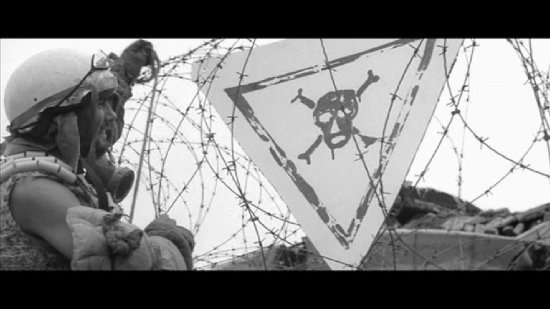
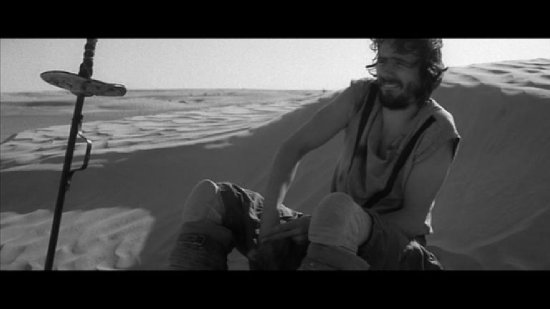

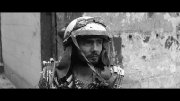
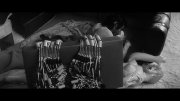

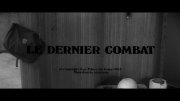
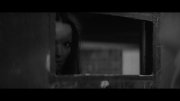

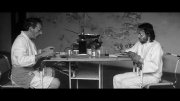
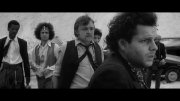
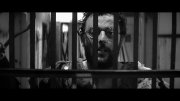
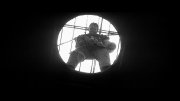
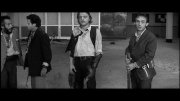
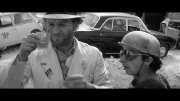
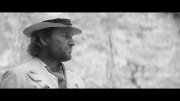
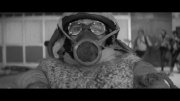
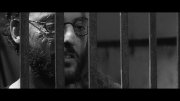
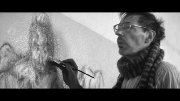
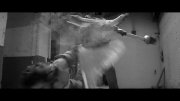
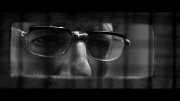
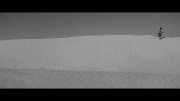



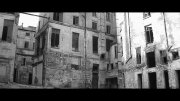

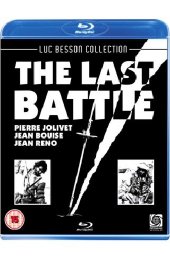












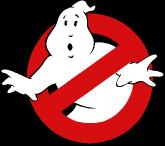





















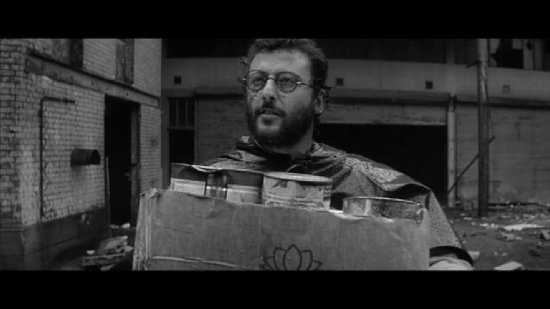

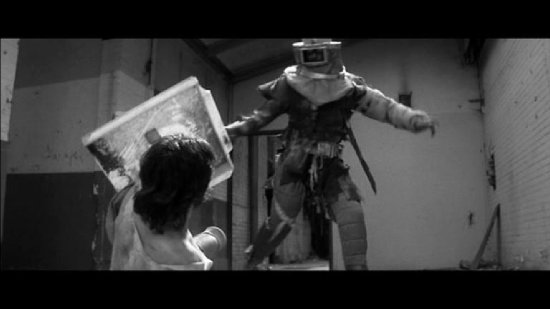








Your Opinions and Comments
Be the first to post a comment!